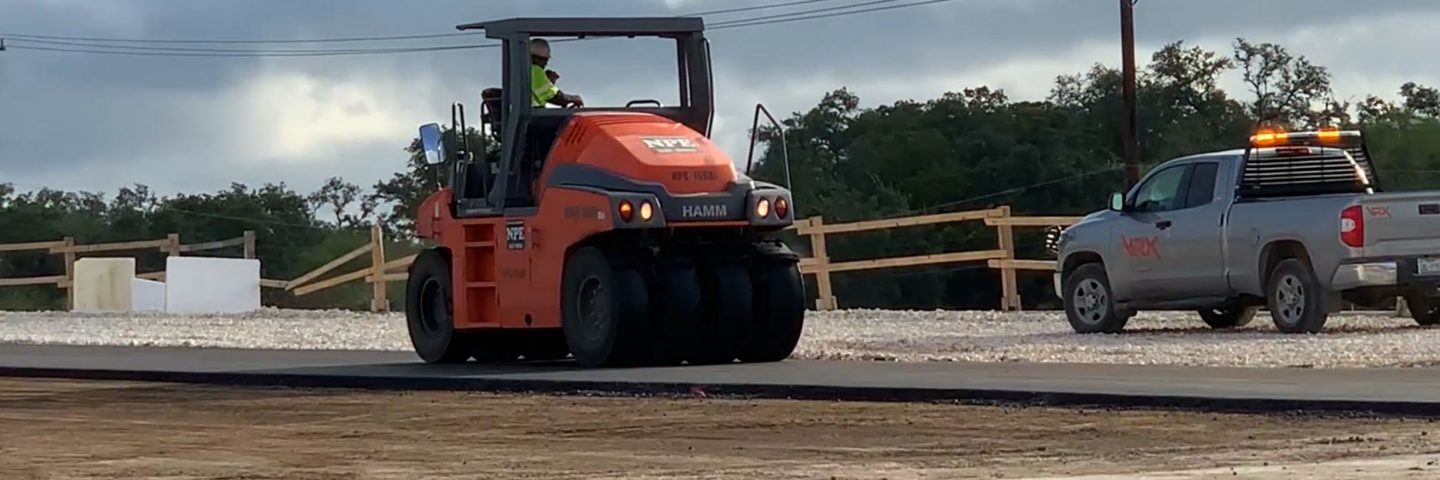Make Best Use Of Area Performance with Hot Mix Asphalt Angled Parking Lot Solutions
Make Best Use Of Area Performance with Hot Mix Asphalt Angled Parking Lot Solutions
Blog Article
Unlocking the Keys of Hot Mix Asphalt Innovation
Checking out the depths of warm mix asphalt innovation uncovers a globe where exact formulations and meticulous procedures assemble to shape our roadways and infrastructure. The blend of accumulations, binders, and fillers isn't merely a building and construction task but a tactical orchestration of resilience and performance.
Relevance of Hot Mix Asphalt
Hot Mix Asphalt plays a crucial function in modern facilities growth due to its longevity and cost-effectiveness. As the most generally used paving material for roads, freeways, and car parking whole lots, Hot Mix Asphalt supplies a variety of advantages that add to its significance in construction projects. One essential benefit is its ability to stand up to hefty traffic tons and rough weather, offering a reliable and lasting surface for transport networks. In Addition, Warm Mix Asphalt is affordable in both preliminary building and construction and long-lasting upkeep, making it a recommended option for lots of framework projects.
The durability of Warm Mix Asphalt originates from its composition, which includes accumulations, binder, and filler materials that are meticulously picked and blended to meet particular efficiency requirements. This precise combination causes a strong and flexible sidewalk that can sustain regular use without significant wear and tear. Hot Mix Asphalt is 100% recyclable, more boosting its sustainability and environmental benefits. On the whole, the value of Warm Mix Asphalt in facilities advancement can not be downplayed, as it remains to be a keystone of modern-day building and construction methods.
Parts of Asphalt Mixes
The make-up of asphalt blends consists of carefully chosen accumulations, binder, and filler materials that are crucial for accomplishing specific efficiency demands. Aggregates are the key element of asphalt mixes, offering toughness and stability. These accumulations can be all-natural, such as gravel or smashed rock, or artificial, like recycled products from old pavements. The binder, typically bitumen or asphalt concrete, holds the accumulations with each other and supplies adaptability and sturdiness to the mix. The option of the binder is essential as it straight influences the mix's performance in various weather. Fillers, such as moisturized lime or Rose city cement, are utilized to enhance the mix's workability and aging resistance. Angled Parking.
The mix and percentage of these elements play a significant duty in determining the quality and performance of the asphalt mix. Designers carefully design the mix to meet specific requirements, considering elements like web traffic quantity, environment problems, and pavement life expectancy. Proper selection and balancing of accumulations, binder, and fillers are vital for producing long lasting, lasting asphalt sidewalks.
Mixing and Production Techniques

When the aggregates are selected, the binder, frequently asphalt concrete, is contributed to bind the materials with each other. The binder's quality and quantity significantly affect the mix's resistance, versatility, and toughness to environmental elements. Furthermore, fillers like hydrated lime or Rose city concrete may be integrated to improve particular characteristics of the asphalt mix, such as its workability or moisture resistance.
During production, the accumulations and binder are heated up, normally between 250-325 ° F(121-163 ° C ), to facilitate blending and make certain appropriate covering of the aggregates. The blending process should be complete to accomplish an uniform mix that advertises the preferred performance qualities of the asphalt. Various methods, such as set mixing or drum blending, are employed to attain high-quality and regular asphalt mixes for construction projects.
Factors Impacting Asphalt Performance
Variables influencing asphalt performance incorporate a variety of variables that influence the resilience, long life, and overall top quality of asphalt pavements. One crucial aspect is the quality of products made use of in the asphalt mix.

Environmental conditions additionally influence asphalt efficiency. Temperature variations, dampness infiltration, and web traffic loads can all affect the architectural integrity of the sidewalk. Layout factors to consider, such as pavement density and drain, are important in making certain the long-term efficiency of the asphalt sidewalk. By thoroughly thinking about these designers, contractors and aspects can enhance asphalt efficiency and boost the solution life of sidewalks.
Sustainable Practices in Asphalt Technology

WMA enables for the manufacturing and placement of asphalt blends at reduced temperatures contrasted to conventional hot-mix asphalt, resulting in decreased energy intake and greenhouse gas emissions. The usage of permeable asphalt mixes can assist minimize stormwater runoff problems by permitting water to infiltrate with the sidewalk and into the ground, promoting all-natural water filtration and reenergize processes.
Conclusion
In final thought, warm mix asphalt modern technology plays an important function in modern-day infrastructure advancement due to its longevity and cost-effectiveness. By thoroughly balancing components, utilizing correct blending strategies, and taking into consideration numerous variables, engineers can develop high-grade asphalt blends that hold up against rush hour loads and severe climate condition. Embracing lasting techniques, such as making use of warm-mix technologies and recycled materials, better boosts the ecological friendliness of asphalt technology.
Mixing and manufacturing strategies in warm mix asphalt innovation involve the specific mix and processing of aggregates, binder, and fillers to create a durable and high-performance asphalt mix.Aspects influencing asphalt efficiency include a range of variables that affect the sturdiness, longevity, and total high quality of asphalt pavements. Lasting methods in asphalt innovation include different campaigns aimed at lowering the ecological impact of asphalt production and paving processes. By including redeemed asphalt pavement (RAP) and recycled asphalt roof shingles (RAS) right into brand-new asphalt blends, the sector can dramatically minimize the consumption of raw products and power, while additionally reducing landfill waste.
WMA allows for the manufacturing and positioning of asphalt mixes at lower temperatures contrasted to traditional hot-mix asphalt, resulting in minimized energy intake and greenhouse gas discharges.
Report this page